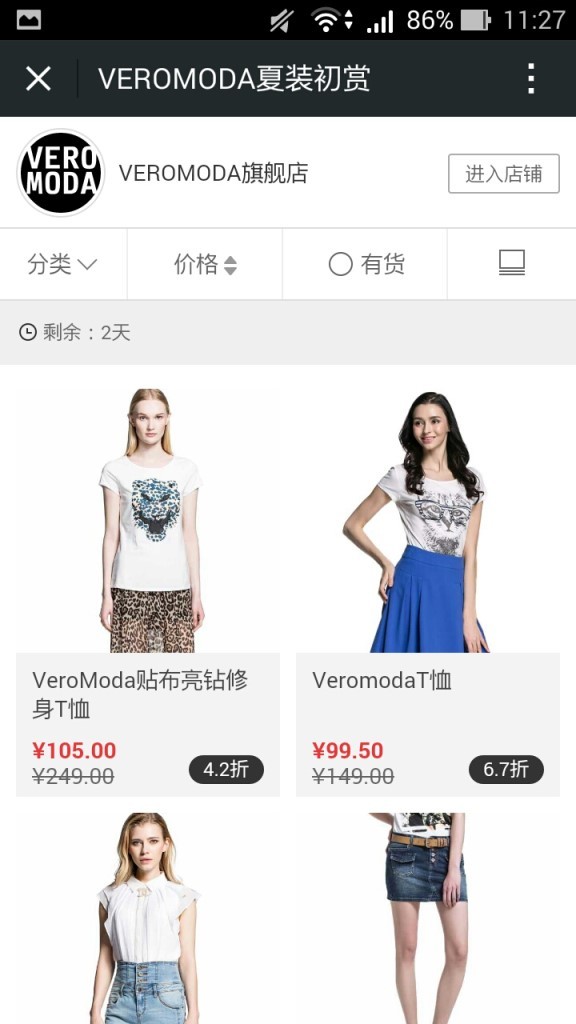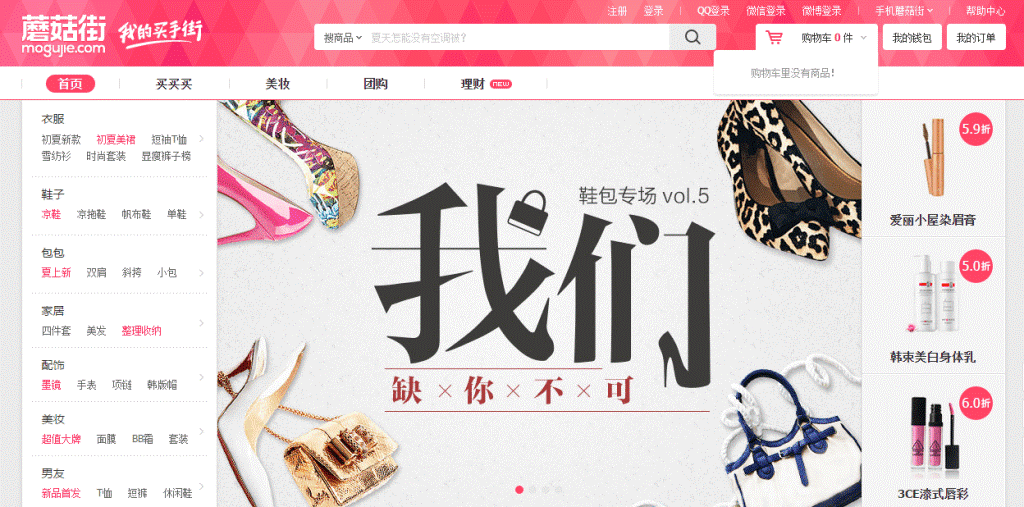You should know by now that Chinese consumers are highly into shopping. They are the most spending tourists while abroad and it’s also an important activity in their own country too. It is still true that Chinese consumers are big spenders but their way of shopping is changing. Indeed physical shopping is more and more forsaken for online shopping. China is the number 1 E-Commerce market which explains why some of the chinese malls are suddenly abandoned.
Big Cities malls
Cafes, Leisure facilities and space for thousands of stores, yet, these malls remain completely empty and are considered as dead malls. The infamous New South China Mall aimed to be a miracle of the commercial history, suffer from an almost inexistent customer traffic. We can blame on the lack of transportation facilities or we can spot the major change of Chinese consumption which is getting more and more digital.
Fashion & Luxury 2.0
If you wanna be a player on the Chinese Fashion or the Fashion Luxury market then you will have to go online! E-Commerce is a thriving market in China that is slowly evolving to Social Shopping and Mobile Shopping.
What is important for a brand is therefore to be present on the Chinese social and digital landscape. Many tools and platforms are aimed to target the exact audience you want. Considering the rise of the Mobile Commerce purchases we will focus on some apps and mobile platforms which are useful to set a successful digital campaign in China for your fashion brand.

The most popular social network in China, WeChat is checked an average of 10 times per day by the chinese. The free messaging and calling app differs from Weibo (which is after WeChat, the 2 most used social networks in China) in that it offers e-commerce integration: JD.com, the leading Chinese online retailer, was last year added onto WeChat as the “Shopping” channel. WeChat also comes with a built-in QR code scanner that can scan any QR code. Fifty-eight percent of consumers claim that WeChat influences their brand choice and buying process. We can help you in the building and feeding of an official Brand account on WeChat and establish your social media strategy.
Mogujie

Pinterest’s new feature which allows pin buying has a déjà-vu feeling for Chinese app Mogujie, specializes in fashion and offers a true social shopping experience, linked with e-commerce site Taobao. Popularity of the site was grown on the back of comments, ideas, tips and deals. Users can post pictures of which outfit they are wearing or which beauty products they are using; other users will be able to review them, like them or shop the items. More than 60 percent of purchases made via Mogujie are mobile and it is the second-most influential network in the Chinese fashion community. You’d better be on it!
Nice

With 12 million active users and 1 million pictures shared daily, Nice is the most-used photo-sharing app in China that easily replace Instagram. Brands are also opening their own accounts, creating communities around common “interests” and conducting sales through the platform. From your Starbucks cup to your Tiffany’s ring, everything is ‘taggable’.
The online customer experience is now even more important than the in-store experience in China, and you must used the digital tools available to promote your your brand. The future of Fashion in China is digital!


2 comments
Hannah_:)
Hello, I know that China is the number 1 e-commerce market in the world but the fact that some of the chinese malls are suddenly abandoned is very surprising… the first picture is terrifying!! I thought people would still like to do physical shopping but I guess I need to come to China to see it with my eyes
Dolores Admin
Even considering China’s population, there are just way too many malls 😂